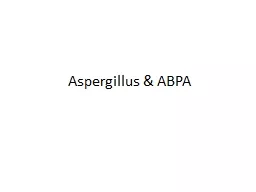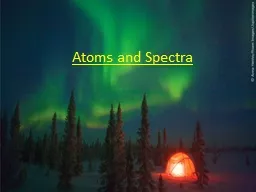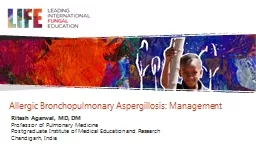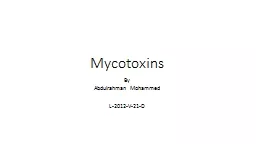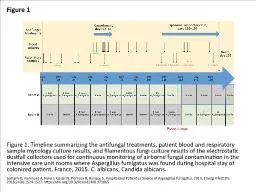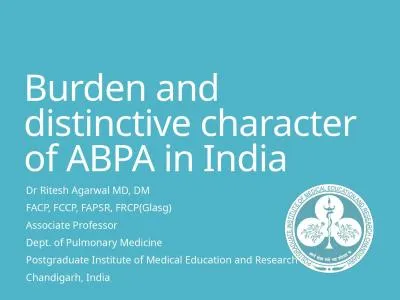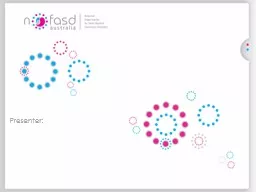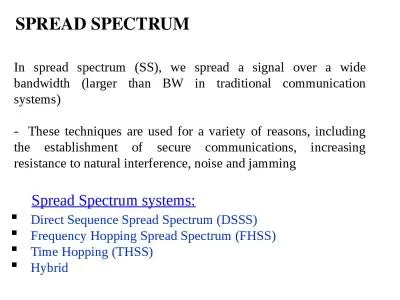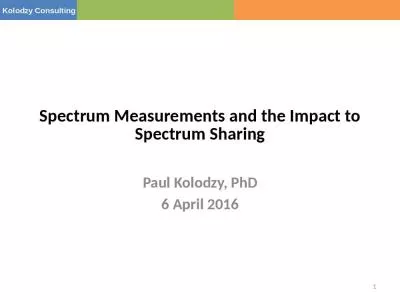PPT-Aspergillus & ABPA Disease spectrum
Author : marina-yarberry | Published Date : 2020-04-03
IPA Invasive pulmonary aspergillosis ABPA ABPA pathophysiology conidia of Aspergillus trapped in mucous and narrowed airways of asthmaticsCF germinate to form
Presentation Embed Code
Download Presentation
Download Presentation The PPT/PDF document " Aspergillus & ABPA Disease spectru..." is the property of its rightful owner. Permission is granted to download and print the materials on this website for personal, non-commercial use only, and to display it on your personal computer provided you do not modify the materials and that you retain all copyright notices contained in the materials. By downloading content from our website, you accept the terms of this agreement.
Aspergillus & ABPA Disease spectrum: Transcript
Download Rules Of Document
" Aspergillus & ABPA Disease spectrum"The content belongs to its owner. You may download and print it for personal use, without modification, and keep all copyright notices. By downloading, you agree to these terms.
Related Documents

